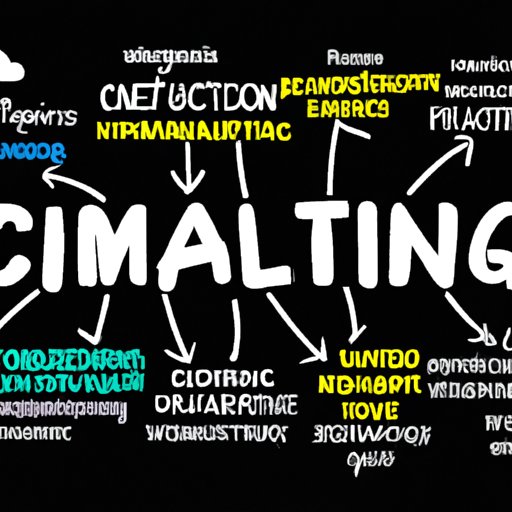Introduction
Social innovation is a term that has become increasingly popular in recent years. It’s an approach that uses creative, out-of-the-box thinking to solve complex social problems. The goal of social innovation is to create meaningful and lasting positive change in society by identifying new ways to address issues such as poverty, inequality, and environmental degradation.

The Power of Social Innovation
The power of social innovation lies in its ability to bring together diverse stakeholders to work towards a common goal. By leveraging the resources and expertise of different partners, social innovators can develop innovative solutions to long-standing social challenges. According to a report from the World Economic Forum, “Social innovation is key to tackling some of the most pressing global challenges, such as climate change, poverty, and health care.
In addition to its potential to create meaningful change, social innovation also offers several other benefits. For example, it can help organizations save money by reducing costs and increasing efficiency. Additionally, it can lead to improved public engagement and increased collaboration between different sectors. Finally, social innovation can help create jobs and boost economic growth in local communities.
Despite its many advantages, social innovation also presents some challenges. For instance, it requires significant resources and time to implement, which can be difficult to find. Additionally, it can be difficult to measure the impact of social innovation initiatives due to their complexity. Finally, there is often resistance to change from those who are used to traditional ways of doing things.

A Guide to Social Innovation
If you’re interested in using social innovation to make a difference in your community, there are several strategies you can use. First, start by identifying a problem or challenge you want to address. Then, research existing solutions and look for ways to improve upon them. Once you have an idea of how you want to approach the problem, begin engaging with relevant stakeholders to get their input and feedback.
Next, try to identify potential partners who can help you implement your solution. Collaborating with other organizations can help you leverage additional resources and expertise to maximize your impact. Finally, consider different forms of financing for your initiative. There are various funding sources available for social innovation projects, including government grants and private donations.
To give you a better understanding of what social innovation looks like in practice, here are a few examples of individuals and organizations making an impact in their communities. In India, the Akshaya Patra Foundation is using technology to provide free meals to school children. In Uganda, the Kiva organization is providing microloans to small businesses and entrepreneurs. And in the United States, the non-profit Code for America is working to bridge the digital divide between low-income communities and those with higher incomes.
From Ideas to Action
Once you’ve identified a problem and developed a plan to address it, it’s time to start implementing your solution. Social innovation can take many forms, from launching a new product or service to creating a new organization or program. Consider different approaches and decide which one will best meet the needs of your community. Additionally, look for opportunities to collaborate with existing organizations or initiatives to increase your impact.
When it comes to implementing social innovation, it’s important to keep in mind the importance of sustainability. Think about ways to ensure that your project will continue to have a positive impact even after you’ve left. This could include creating a system for monitoring progress, developing partnerships with local institutions, and identifying sources of ongoing funding.
The Future of Social Innovation
As social innovation continues to gain traction, there are several trends and opportunities emerging. One trend is the emergence of “impact investing,” which involves investing in companies and initiatives that have a positive social and environmental impact. Additionally, technology is playing an increasingly important role in social innovation, with the use of data analytics, artificial intelligence, and other tools helping to identify and address social problems more efficiently.
Finally, the rise of social media has created a global platform for change-making. From crowdfunding campaigns to online petitions, social media is enabling people around the world to come together to create real, lasting change. As these platforms become more sophisticated, they will continue to play a key role in the future of social innovation.
Conclusion
Social innovation is a powerful tool for creating meaningful and lasting change in society. Through the use of creative problem-solving, social innovators can develop solutions that have a positive impact on their communities. To get started, identify a problem you want to address, research existing solutions, engage with stakeholders, and develop a plan for implementation. With the right strategies and resources, anyone can make a difference in their community through social innovation.
By taking action and using social innovation to make a difference in your community, you can help create a better future for all.
(Note: Is this article not meeting your expectations? Do you have knowledge or insights to share? Unlock new opportunities and expand your reach by joining our authors team. Click Registration to join us and share your expertise with our readers.)
